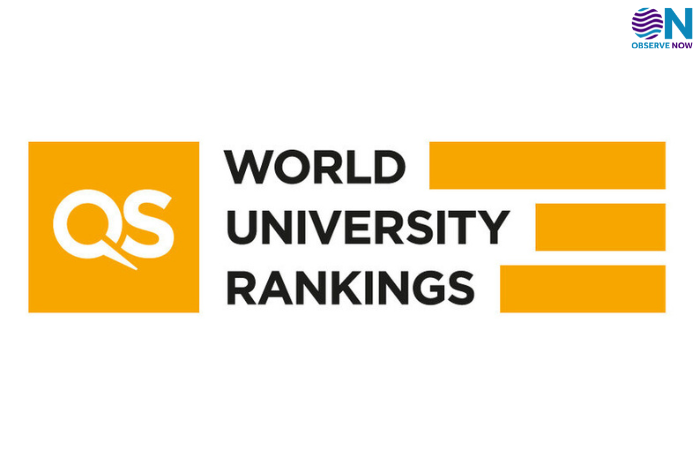India’s Representation in QS World Rankings Jumps to 54 Institutions

India’s presence in the QS World University Rankings 2026 reached a new high with 54 institutions featured, a substantial rise from 27 five years earlier and from only 11 in 2014, reflecting a multi-year upward trajectory in research output, global collaborations and institutional reforms. Key Indian entrants such as IIT Delhi, IIT Bombay and IIT Madras continue to perform strongly, though analysts note that several new entrants reflect improved capacity rather than immediate parity with top global peers on metrics like international student ratios and faculty-student balance.
Policymakers have pointed to targeted incentives for research, easier international partnerships and initiatives under NEP 2020 as contributing to the surge, while accreditation and funding bodies emphasise sustained investment in graduate training, doctoral supervision and research infrastructure as essential to convert rankings visibility into durable academic strength. The rise offers practical benefits: increased global recognition can expand student mobility, attract collaborative research funding and enable universities to negotiate joint programmes and faculty exchanges. Yet observers caution that rankings capture headline metrics and reputation signals that must be complemented by nuanced measures of societal impact, inclusion and long-term research resilience.
Government and university leaders are urging a twin strategy: sustain initiatives that raised research output while expanding access and ensuring that international visibility accompanies improvements in learning outcomes and equitable opportunity across regions. Ministries have signalled follow-up reforms—centres of excellence funding, PhD incentives and support for industry-linked research—to anchor ranking gains in systemic capacity building and broaden the benefits beyond a narrow set of institutions.















